Podcasting gives product marketing room to tell the story.
Reality check. PMMs, you’re not in a demand gen fairy tale.
In an ideal world, there’s a team for everything. Growth has its lead. Demand gen owns the funnel. Media buying happens with precision.
And you, the product marketer, focus on positioning, launches, competitive intel, pricing, packaging, and differentiated messaging – mic-dropping the next big idea into a product strategy session.
In reality, product marketing often ends up doubling as the growth function.
Especially in early-stage companies or lean teams, PMMs are frequently the first strategic hires, and often act as the first campaign architects. If there’s budget to spend, you’re managing it.
If leads need generating, you’re supposed to figure it out. And not always with a budget to match expectations.
According to the State of Product Marketing Report, a striking 35.6% of PMMs still operate without a dedicated budget. However, we still need to track KPIs rigorously. That’s the product marketing paradox: our ability to measure the role outweighs the actual investment.
That gap doesn’t just force creativity. You learn to make every impression count, run scrappy tests with micro‑budgets, and lean into channels that deliver signal without breaking the bank.
While I’m grateful for the team I have today, I remember the solo days well.
Like most PMMs, I’ve worn the strategist hat, the media hat, and whatever hat the CEO casually tossed my way… while juggling five launches and a flaming hula hoop labeled “tiny ask”. At some point, I gave up on inner peace (who needs that?!) and started training for the PMM Circus.
That’s when I started looking for channels that don’t eat headcount.
And from the front row of the podcast and digital audio space, I’ve seen exactly why this channel is intimate, sticky, and deeply personal.
I remember reviewing an internal case study where a major brand tested host-read sponsorships alongside dynamically inserted, targeted creatives. What surprised me wasn’t just the engagement. It was how clearly the creative approach influenced the outcome.
The host-read drove strong recall, trust, and brand affinity. The personalized formats, on the other hand, delivered action: clicks, conversions, and deeper funnel activity.
Why podcast ads deserve a spot in your GTM stack
Podcasting stopped being “radio with a rebrand” the moment audiences (and advertisers) started taking it seriously.
I saw that shift firsthand when I joined a podcast and digital audio adtech company.
At first, I thought I understood podcast. But the more I listened, worked alongside publishers and advertisers, and saw campaign data come to life, the clearer it became that this wasn’t just another channel or background noise. It was a trusted space that created fandom.
According to Edison Research, 73% of Americans aged 12 and up have listened to a podcast in either audio or video format. That’s more than 210 million people!
The UK is quickly catching up, with 39% of British adults now tuning in weekly, and growth is accelerating globally.
This isn’t just entertainment for passive audiences. Recent studies show 57% of listeners will visit your website after hearing a podcast ad, and 28% may actually make a purchase.
Podcasting isn’t about mass impressions or chasing the lowest CPM. It’s about sustained attention, narrative alignment, and reaching an audience that’s already leaning in.
In other words, everything product marketers care about. Whether they’re flying solo in the PMM Circus (sigh) or lucky enough to have a full team running the show.
The fandom channel: why podcasting works
One of the most overlooked reasons podcasting delivers isn’t the format, the host, or even the targeting tech behind the scenes.
It’s the fandom.
Podcast listeners aren’t just casual consumers. They’re committed. They choose the shows they follow, invest time week after week, and build trust with the voices in their ears. There’s a relationship happening. And unlike most formats, podcast ads don’t interrupt it. They have a way of sneaking in and becoming part of the experience.
That’s why the classic 30-second hard sell falls flat. Success depends not just on what you say, but how you sound, how you show up, and whether your message aligns with the show’s tone and the audience’s expectations.
That level of trust can’t be forced. But it can be earned. And trust building is something PMMs know inside out.
We obsess over narrative fit, customer motivation, and the subtle signals that make our messages land. Podcasting rewards that mindset. It favors relevance over reach, and resonance over repetition.
So rather than treating podcasting as just another media line item, consider it a strategic storytelling channel that invites listeners to tune in, lean closer, and stay connected.
As PMMs, we don’t just promote the product. We also built the brand around it. And for some teams, launching a podcast can become a core part of that strategy, not just a purely audio content experiment.
According to the 2025 State of AdTech Report, 31% of weekly podcast listeners use YouTube, and 84% of Gen Z prefer podcasts with video. Even a few snackable clips can extend your reach and bring your story to new channels.
What PMMs should understand about podcast adtech
You don’t have to run the media plan to shape how your brand shows up in audio.
And you definitely don’t need to become an audio DSP expert. But suppose you’re a PMM involved in campaign strategy, positioning, GTM planning, or creative direction. In that case, you need to know what’s possible – and what makes podcast advertising different from everything else in your channel mix.
Gone are the days when audio was just a host-read or a generic pre-roll dropped into a stream. Today’s podcast advertising ecosystem is a lot more sophisticated and a lot more aligned with how PMMs think about innovation.
Here’s what’s worth knowing:
Dynamic ad insertion (DAI)
DAI lets marketers insert ads in real-time, customizing who hears what based on listener location, device, time of day, or behavior. Same podcast episode, entirely different experience depending on who’s listening.
For example, a morning commuter in New York hears a different message than a late-night listener in Lisbon, without having you rebuild the creatives.
Contextual targeting
Not just where the listener is, but what they’re listening to, and how they’re likely feeling.
You can align ads with shows that fit a specific tone (motivational, relaxed, newsy, etc.), format, or topic. Your message shows up in a space that complements it, instead of crashing the party with mismatched energy.
Hyper-personalized, dynamic creatives
Messages can shift (at scale) based on weather, location, device, time of day, or contextual cues.
That might mean a cybersecurity platform sounds different when marketed to IT teams in financial services vs. C-level people at a tech startup. Or that a productivity tool emphasizes different pain points depending on whether their ICP is commuting to the office or working from home.
Brand safety and suitability tools
In podcasting, where you show up matters as much as what you say. With modern tools, brands can avoid risky or misaligned content, control the tone of adjacent programming, and make sure their message doesn’t show up in the wrong neighborhood.
Real measurement
Podcast campaigns today offer far more visibility than most people expect.
With pixel-based attribution, branded search lift, QR codes, listener surveys, and audio-specific brand lift studies, you can move beyond reach and frequency.
You can now track how people engage, whether they take action, and how your message performs in real-world listening contexts.
The smartest podcast ads don’t just land – they first pick up the cues. In a piece I wrote for IAB UK, I broke down how emotional cues, device behavior, and even voice interactions are turning audio into one of the most human (and tech-savvy) channels in our toolkit.
I’ve worked with product marketers across multiple companies, and I’ve seen the panic that kicks in the week before OKR reviews. The question is always the same: How do I prove that messaging actually moved the needle?
That’s why I find podcast ad data so refreshing. You can pair narrative with metrics. You can learn what resonates in-market, and turn that insight into better creative, better targeting, or even stronger sales enablement. Podcast data is the kind of insight we can take to the CFO.
Putting it into practice: an example for targeted podcast advertising
You can either use self-serve tools to create podcast ads or work with an agency. Most agencies now include audio and podcast in their media mix and have plenty of experience reaching highly targeted audiences.
Let’s say you're a B2B SaaS startup launching a workflow automation tool for engineering teams. You don’t need to run a generic pre‑roll across every business podcast. Instead, you can:
- Target DevOps listeners by aligning your ads with shows on cloud infrastructure or agile development.
- Use dayparting to reach commuters and device targeting for mobile audiences.
- Apply behavioral or interest-based segments to exclude users who already use your competitor’s platform.
Now you’re showing up at the right moment, in the right context, to the right kind of technical buyer. On the podcasts they already listen to.
Plus, you don’t have to break the bank to get started:
- Self‑serve audio platforms let you launch campaigns starting around $250‑USD, delivering access to millions of listeners across major apps. Creative tools, even AI voice ads, are included or available for next to nothing.
- Standard CPMs range from $15–$30 for pre‑recorded ads and up to $25–$40 CPM for host‑read sponsorships, depending on format, placement, and targeting criteria.
With a $250 campaign, you could reach up to 20,000 impressions – enough to start testing messaging, learn quickly, and show early impact.
Takeaways
- Podcasting isn’t just brand fluff. This channel delivers depth, intent, and loyalty that most media can’t touch. Listeners are leaning in, not scrolling past.
- You don’t need a demand gen team to make it work. Podcasting plays well with lean resources. With the right targeting and creative, even a single PMM can punch above their weight.
- Modern audio adtech is smarter than you think. From dynamic creatives to real-time analytics, podcast ads are now personalized, measurable, and surprisingly precise.
- Your voice matters. Like, literally. PMMs aren’t just here to write taglines. You shape messaging, tone, and channel strategy. Podcasting is a space where that skillset shines.
- If your audience is already listening, start speaking. Whether you sponsor, build, or partner, podcasting provides a platform to tell the story behind the product in a format that people actually love.










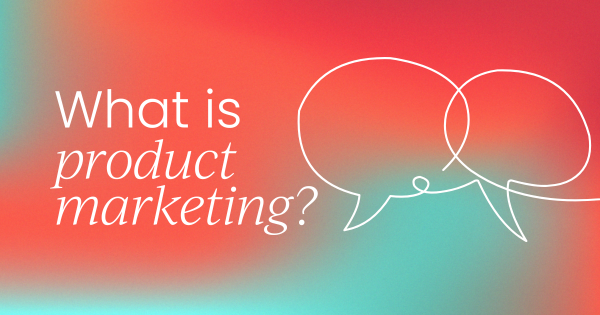
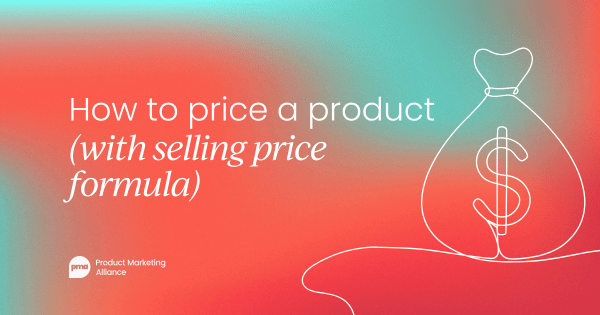
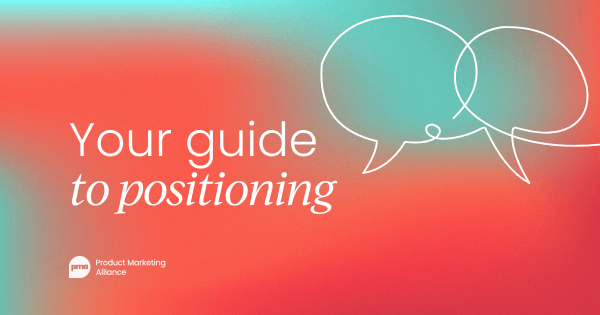
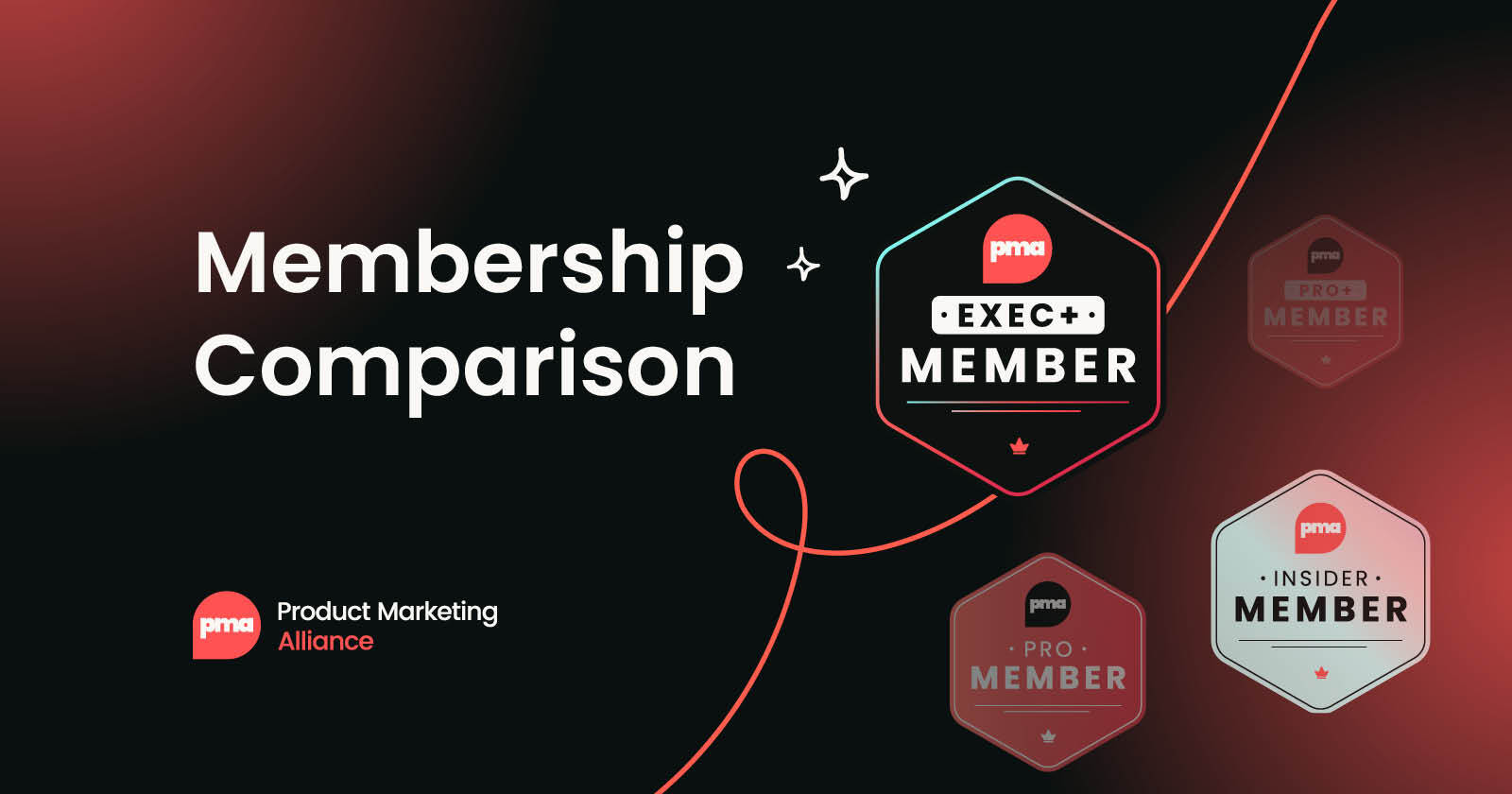
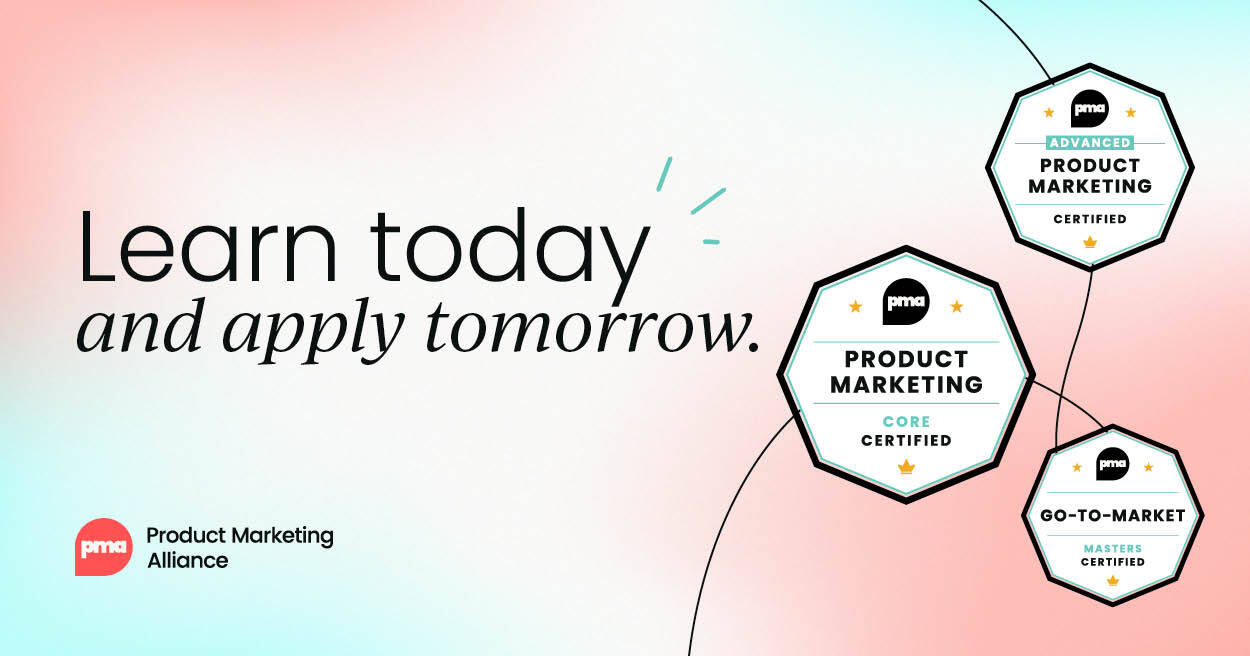
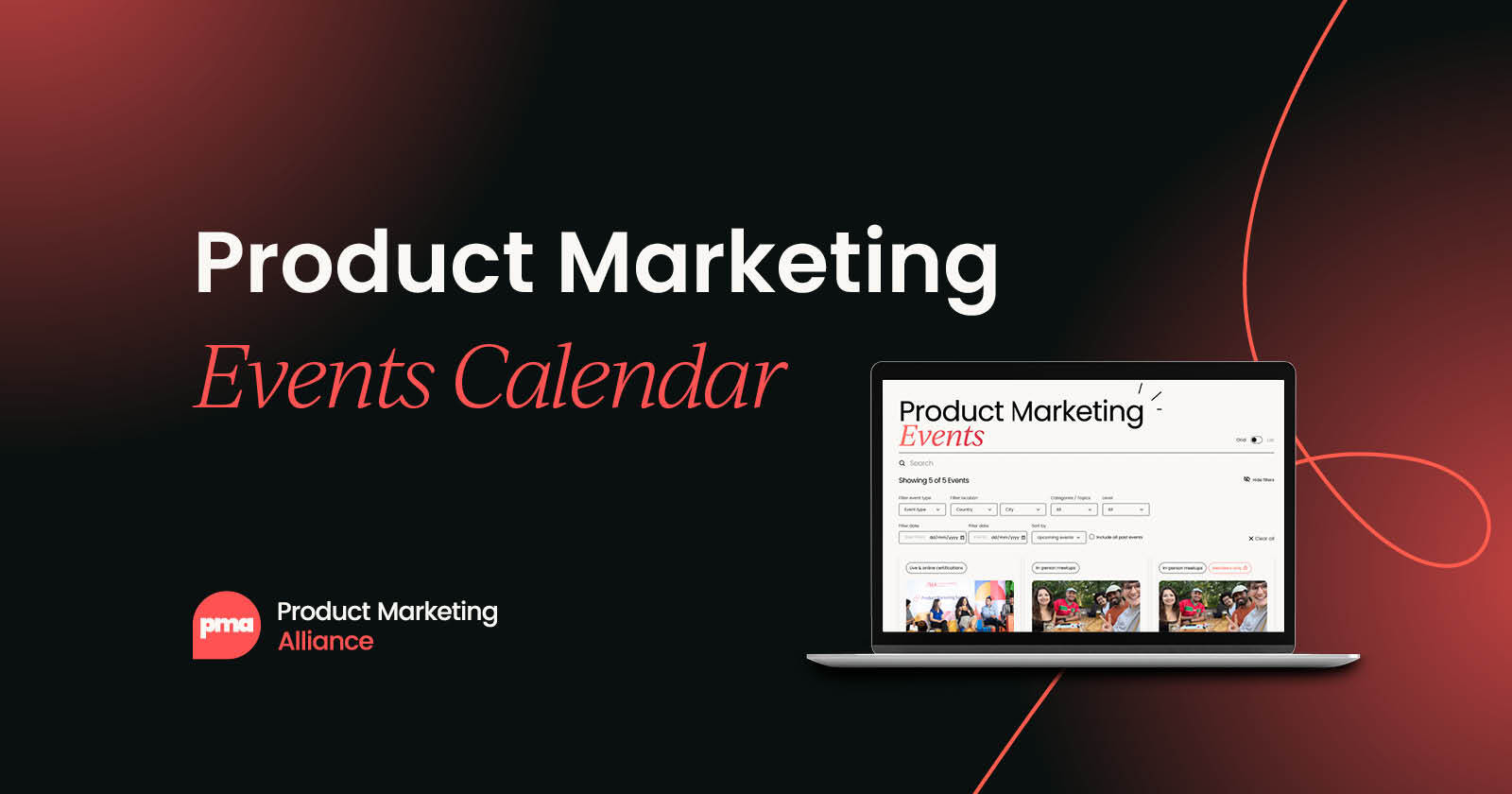
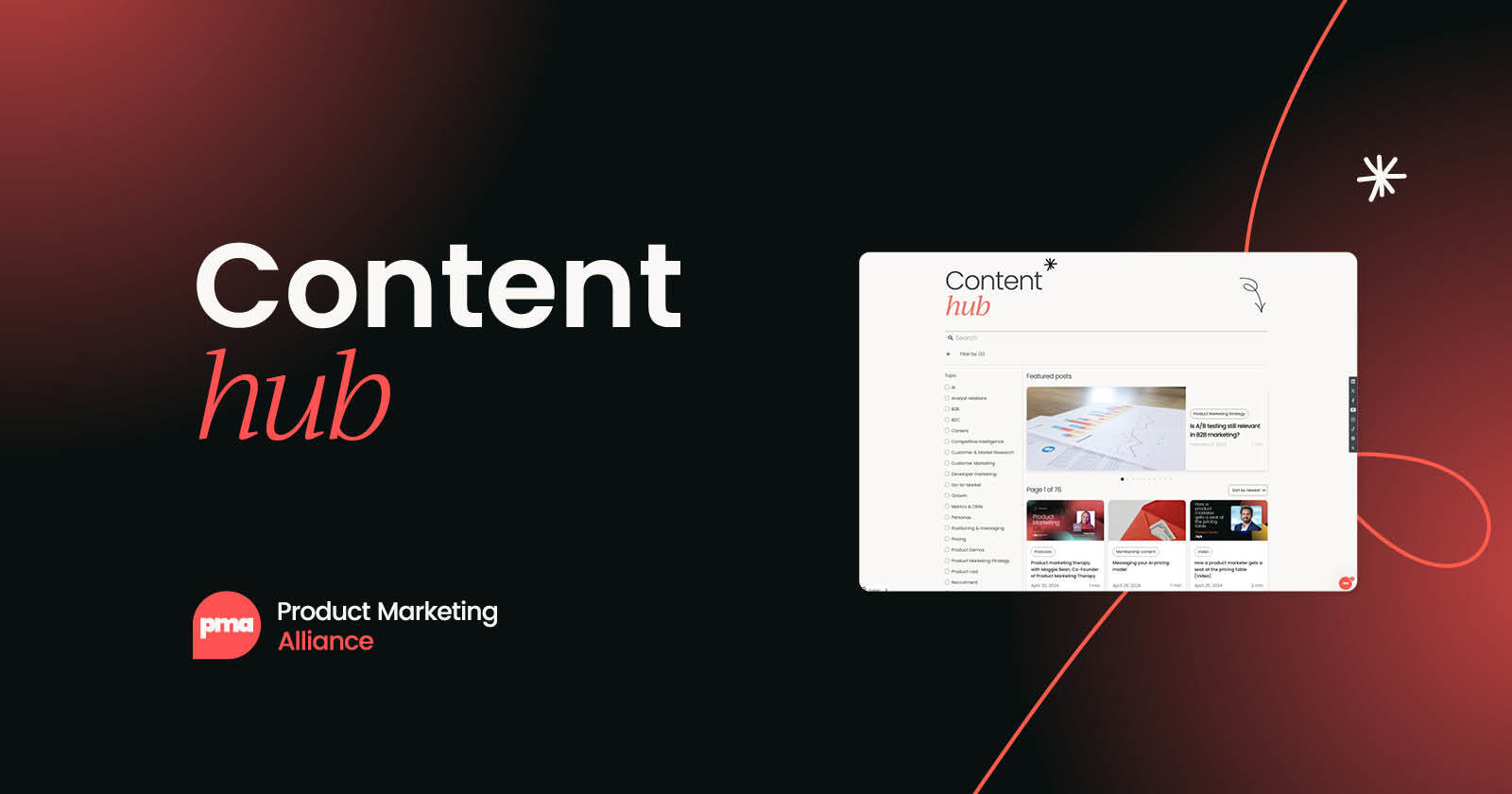

 Follow us on LinkedIn
Follow us on LinkedIn

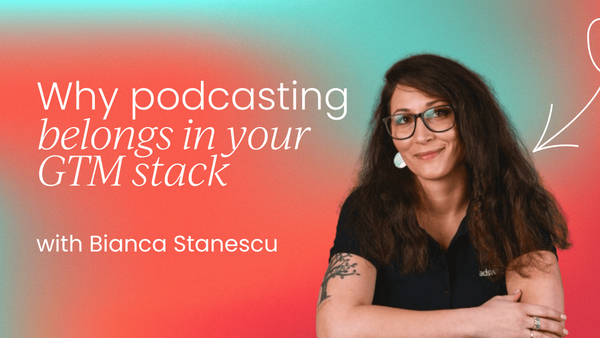
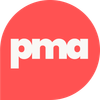

.svg)
Start the conversation
Become a member of Product Marketing Alliance to start commenting.
Sign up now